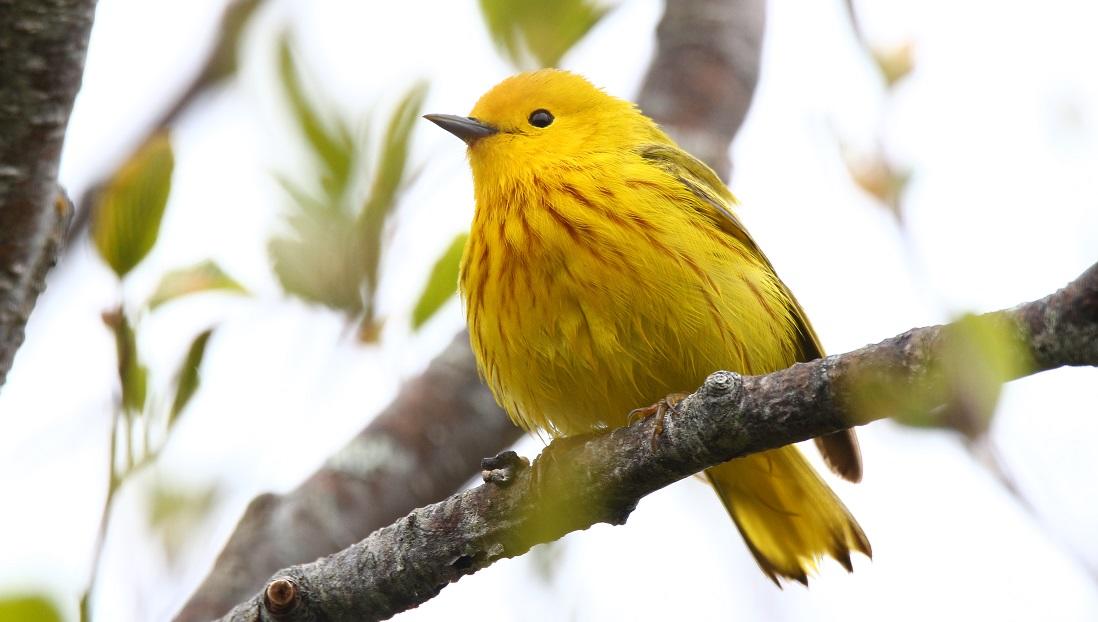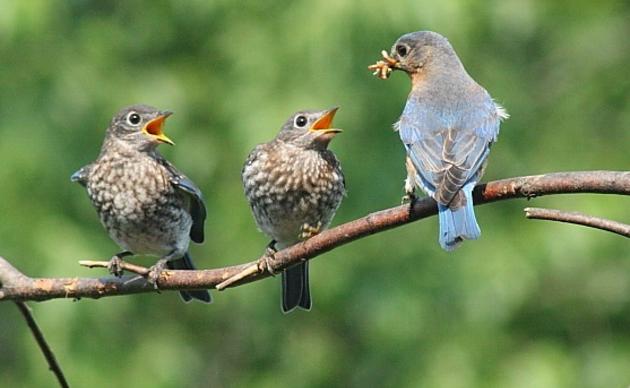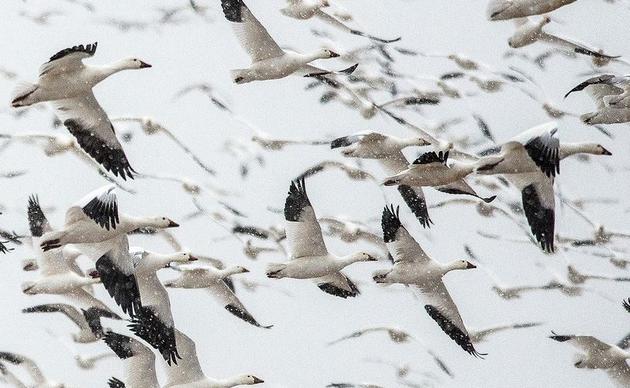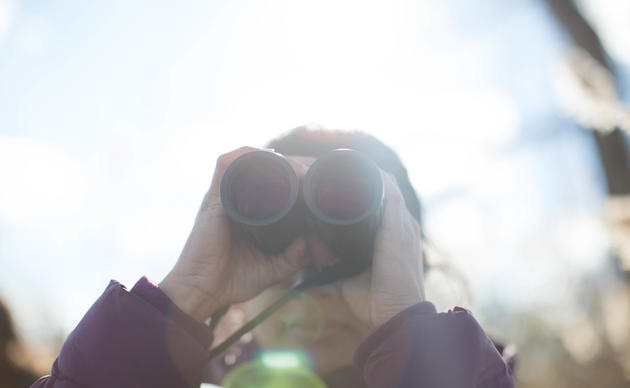Spring is here and we are excited for the return of many migratory species. Colorful warblers will soon reappear – birdwatchers rejoice! Shorebirds, such as the Piping Plover, will also be returning to breed and nest along the shores of Long Island.
The Long Island Sound is a globally significant ecosystem for birds, fish, and other wildlife, and in the face of federal budget cuts many bird species that rely on this habitat are threatened. On March 29th, our Executive Director, Erin Crotty, traveled to Washington, DC to testify to members of the Environment and Public Works (EPW) Subcommittee on Fisheries, Water, and Wildlife in support of Senate bill 675, the “Long Island Sound Restoration and Stewardship Act” sponsored by Senator Kirsten Gillibrand. This legislation is critical to protecting the Sound, which provides some of the best bird habitat on Earth. The EPW approved the measure two weeks after the hearing.
This week, Governor Cuomo and the New York State Legislature came to a final agreement on the 2017-18 state budget. The budget includes critical investments in New York’s environment, including $300 million for the Environmental Protection Fund, which maintains last year’s historic level of funding, $2.5 billion for drinking water and wastewater infrastructure, and continued capital investments in New York’s State parks and conservation lands with new capital funding to build the nation’s longest multi-use trail, the 750-mile Empire State Trail.
Audubon New York applauds Governor Cuomo and our legislative leaders for their demonstrated commitment to protecting and restoring New York’s environment for the birds, people, and communities of New York.
We are currently working to make the Theodore Roosevelt Sanctuary and Audubon Center (TRSAC) in Oyster Bay a state-of-the-art facility. We will offer the community more opportunities to enjoy the wonders of nature, learn about the importance of the Long Island ecosystem to birds of the Atlantic Flyway, engage in the protection of Long Island, and offer innovative environmental education programs for all ages.
Thank you for your continued engagement in our work. See more spring updates from our statewide network below.
Coasts
Growth is also taking place for our Be a Good Egg program, which encourages beach goers to respectfully share the shore with beach nesting birds. The program has a new logo and is gearing up for the nesting season. Last year, the Be a Good Egg program exceeded its goals and we hope to continue the success this breeding season. Click here to find out more about how you can Be a Good Egg, and take the pledge!
Working Lands
In February, our Forest Program Manager, Suzanne Treyger, led a webinar giving an overview of our newly created “Forest Management for New York Birds: A Forester’s Guide.” The guide is a resource for foresters and other land managers to integrate important bird habitat components into forest management planning. Webinar attendees included 226 people who own or impact 5,633,073 forested acres annually! The webinar is part of the ForestConnect series administered by Cornell University Cooperative Extension, and can be accessed here.
Water
The Great Lakes Basin, one of New York’s largest fresh water resources, is home to some of the most globally significant natural resources that are critical to birds, our state’s economy, and the high quality of life for millions of New Yorkers. The Trump administration’s 2018 budget proposals seek to slash funding for the Great Lakes Restoration Initiative, which helps safeguard this critical ecosystem. We recently called on our network to ask members of Congress to oppose efforts to cut this funding; over 1,000 people took action. Soon after, a bipartisan group of 63 lawmakers signed onto a letter urging the funding be restored.
Climate
Did you know: the majestic Bald Eagle is one of 314 bird species severely threatened by climate change. Each of us has a responsibility to be the voice for birds, to protect the places they need to thrive and survive now and into the future by combatting climate change. As an individual, there are steps you can take to positively impact the environment in a changing climate. One way to do so is to take the climate pledge. Find out more and take the pledge, here.
Bird-Friendly Communities
This spring, there are many ways you can make your backyard and garden more bird friendly. Our website provides seasonal tips for a bird-friendly backyard, along with guides to choosing the right feeder and seed type to attract specific birds. In addition, Audubon now has an extensive native plants database that generates individual lists of native plants by region. Take a look at Plants for Birds to learn more about native plants and to find an Audubon resource near you.
Audubon Chapters Highlights
The Huntington-Oyster Bay Audubon Society is taking steps to remove invasive species and in turn enhance bird habitat on Long Island. Last summer, the chapter brought in goats at Underhill Preserve to help tackle invasive species. By grazing on these invasives, the goats are helping to eliminate them and prevent further spread at the Preserve. A win for everyone – including the birds. Read more about this and the chapter’s other great work, here.




